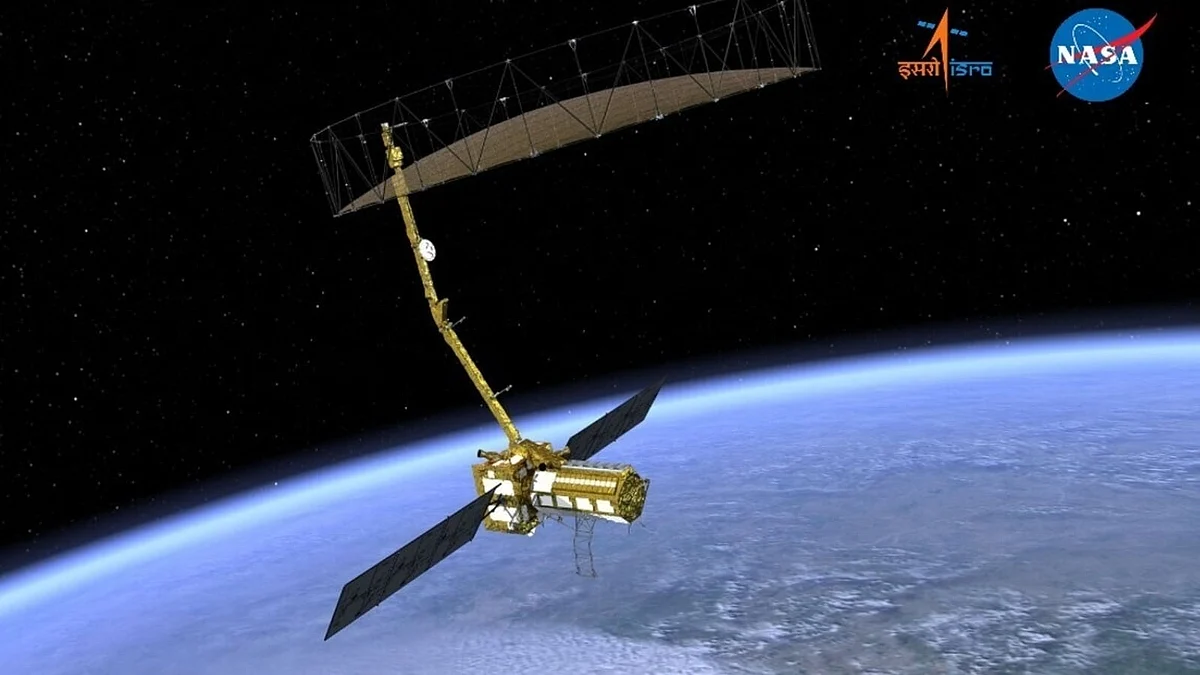Washington: Organic salts are likely present on Mars, a NASA team has found, and their detection may provide evidence that life once existed on the Red Planet.
A study, published in the Journal of Geophysical Research: Planets, found that organic salts, such as iron, calcium, and magnesium oxalates and acetates, may be widespread in Martian surface sediments. These salts are the chemical remnants of organic compounds.
Organic compounds and salts on Mars could have formed by geologic processes or be remnants of ancient microbial life, NASA said in a statement. The findings were determined by lab experiments and analysis of data from the Sample Analysis at Mars (SAM), a portable chemistry lab inside Curiosity's belly.
"If we determine that there are organic salts concentrated anywhere on Mars, we'll want to investigate those regions further, and ideally drill deeper below the surface where organic matter could be better preserved," said James M. T. Lewis, an organic geochemist based at NASA's Goddard Space Flight Center in Greenbelt, Maryland.
Besides adding more evidence to the idea that there once was organic matter on Mars, directly detecting organic salts would also support modern-day Martian habitability, given that on Earth, some organisms can use organic salts, such as oxalates and acetates, for energy, the team said.
While directly identifying organic salts on Mars is hard to do with instruments like SAM, which heats Martian soil and rocks to release gases that reveal the composition of these samples, the team proposed another Curiosity instrument -- the Chemistry and Mineralogy instrument, or CheMin for short.
This instrument could detect certain organic salts if they are present in sufficient amounts. So far, CheMin has not detected organic salts, NASA said. To determine the composition of a sample, CheMin shoots X-rays at it and measures the angle at which the X-rays are diffracted toward the detector.
Curiosity's SAM and CheMin teams will continue to search for signals of organic salts as the rover moves into a new region on Mount Sharp in Gale Crater. Further, the European Space Agency's forthcoming ExoMars rover, which is equipped to drill down to 6.5 feet, or 2 metres, will carry a Goddard instrument that will analyse the chemistry of these deeper Martian layers.













